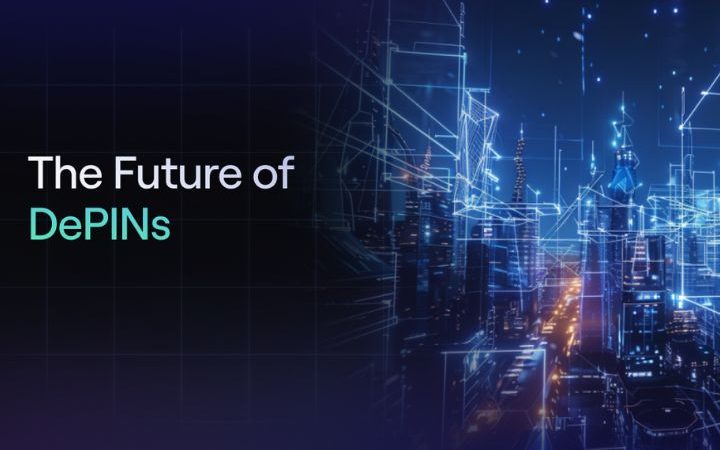What Is Machine Learning?

Machine Learning, we have all been dazzled by robot movies: Intelligent machines that are not only capable of speaking and responding to us but can solve problems and learn by themselves. Although Machine Learning is not anywhere near that science fiction ideal, it does mean the first step to achieve possible Artificial Intelligence in the future.
Table of Contents
What Is Machine Learning Or Machine?
First, let’s make a quick definition: when we talk about Machine Learning, we refer to computers that apply statistical learning techniques intending to identify patterns in the data automatically. For this reason, we can define it as machine, automated, or machine learning. These techniques are often used to make very accurate predictions on any topic (filter emails according to their content, analyze what interests customers are entering a store, or detect possible failures in a system).
In other words, when we have a channel through which we receive a large amount of data, we can design an algorithm that automatically analyzes it and solves a question or problem. One of the essential things about Machine Learning is that it is not a 100% automated system, but requires key decisions for the process to be successful. This Machine Learning video tutorial will help you learn more.
The big question at this point would be: How will we use Machine Learning? Experts disagree. While some believe that machine will be a breakthrough comparable to penicillin, others see it as a tool subject to human reasoning.
Machine Learning As A Tool, Not As A Substitute
According to David Karger, Professor of Computer Science at MIT, Machine Learning is an incredibly powerful tool that can solve very complex problems. To this new paradigm of machine learning awaits, according to him, a bright future (maybe even to solve Artificial Intelligence, also if they are different concepts).
A bright future, but as a tool. According to Karger, all the algorithms that Machine Learning uses tend to have errors. The exciting thing is learning to improve the consequences of these mistakes. In other words: It is more important to work to develop a computer designed as a tool for people to be better at what they do than to work so that this tool replaces people.
Feedme Project
One of Professor Karger’s projects is based precisely on Machine Learning and reflects this perspective that we discussed. The Feedme is a system that helps you share content with your friends quickly through data analysis makes an algorithm. While you are reading anything on the web, a small toolbar appears with a specific list of friends who might be interested in the content you are currently reading.
You can click on their names, and then Feedme sends them a link to that page. The algorithm that Feedme uses learns what type of content you share with each of your friends, and uses it to guess or “guess” which friends will have to recommend you based on the type of content you are reading.
In this specific case, we can see the importance of human intervention in Machine Learning: Feedme suggests that you share the content with particular people, but who ends up deciding what will be shared is yourself. This way, your friends only receive things that interest them (assuming you are good at sharing content).
Also Read : The Future Of Customer Experience With Artificial Intelligence
The Barriers Of Machine Learning And Everything That Could Make It Happen
Even though Machine Learning could significantly help us with our daily tasks, the truth is that people are not yet prepared for this significant change. What is the reason? We don’t like to be interrupted. That is why it isn’t effortless for us to get used to technology entering our lives completely, as Machine Learning would do in the not so distant future.
Machine Learning Example: Siri
We have a close example: Siri is a passive servant who waits for us to ask him so he can give us the information we need. We like this question-answer paradigm; we would not understand that Siri gave us advice left and right every time we were faced with a dilemma, even if we had not asked any questions. For Machine Learning to be able to improve our quality of life, we will have to accept a change in the relationship we have with technology.
According to data analyst John Thruma, Teradata Director, Machine Learning could become a much more powerful force if we were willing to accept a higher level of disruption in our lives.
Let’s take as an example the case of a person who has a history of depression or heart problems. When the doctor prescribes a medication, a device could help the patient take more care of their health. If we program it so that it can read its temperature, blood pressure, the number of heartbeats per minute, and other characteristics, the device could help that person to take the appropriate medication or therapy when needed.
You might even say “go for a run,” “go to yoga class,” or “go to the hospital.” It would be like a voice that couldn’t keep quiet no matter what was happening outside. This reminds me a bit of a robot from a recent animated movie, don’t you?
Thruma’s question at this point would be: Are we willing to have a babysitter to take care of us day and night? It is not difficult for us to imagine the “dark” part of being wholly watched, even though it may be in part for our good.
Conclusion
If you are interested in learning more about the new paradigms that innovation is promoting, such as Big Data, Smart Education, or Machine Learning, we recommend that you take a look at our other articles, and if this article seemed interesting to you, don’t forget to share!
Also Read : Trends In E-Learning That Will Dominate In 2020






